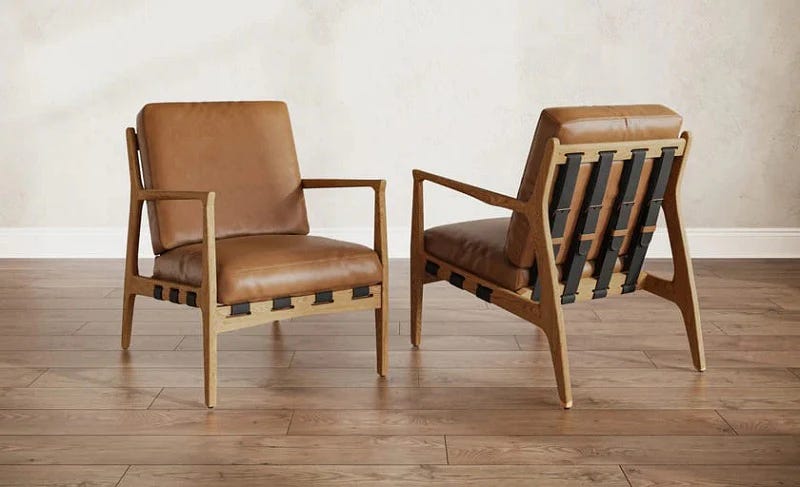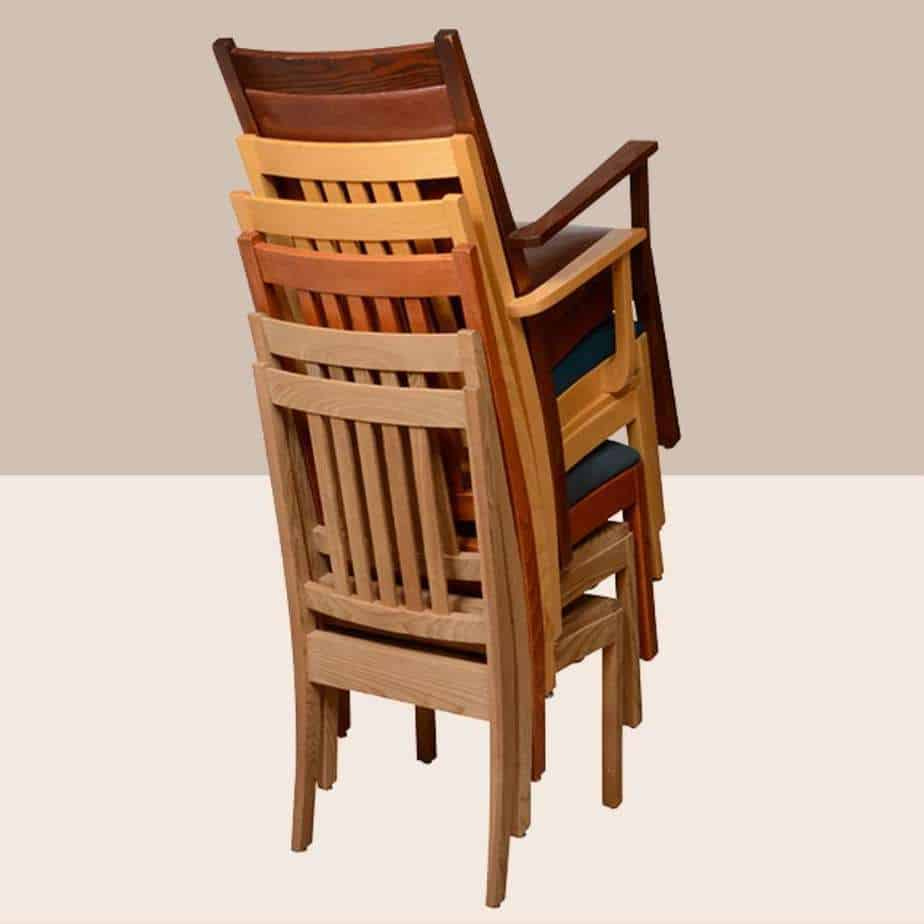When it comes to making high-quality chairs, choosing the right type of wood is essential. The best wood for chair making should be strong, durable, aesthetically pleasing, and resistant to wear and tear. Different types of wood offer unique characteristics in terms of strength, grain patterns, and ease of working. In this article, we explore the best types of wood for making chairs, their advantages, and the factors to consider when selecting the right wood for your project.
1. Hardwood vs. Softwood: Which is Better?
Wood is generally classified into two categories:
Hardwoods (e.g., oak, walnut, mahogany) – Dense, durable, and strong, making them ideal for chair construction.
Softwoods (e.g., pine, cedar, fir) – Lighter and easier to work with but generally less durable than hardwoods.
For long-lasting and sturdy chairs, hardwoods are preferred due to their strength and resistance to wear.
2. Best Hardwoods for Chair Making
a) Oak (Red Oak & White Oak)
Strength & Durability: Extremely strong and resistant to moisture and decay.
Appearance: Beautiful grain patterns, suitable for traditional and rustic designs.
Best For: Dining chairs, rocking chairs, and antique-style furniture.
Considerations: Can be heavy and requires proper finishing to prevent cracking.
b) Walnut
Strength & Durability: Hard, dense, and resistant to warping.
Appearance: Rich, dark brown tones with stunning grain variations.
Best For: Luxury and modern chairs with a sleek finish.
Considerations: More expensive than other woods.
c) Maple
Strength & Durability: Very strong and shock-resistant, making it ideal for everyday use.
Appearance: Light, smooth grain that takes stains well.
Best For: Contemporary and painted chairs.
Considerations: Prone to swelling if exposed to excessive moisture.
d) Mahogany
Strength & Durability: Highly durable and resistant to rot.
Appearance: Deep reddish-brown color with a smooth, polished surface.
Best For: Classic and antique-style chairs.
Considerations: Expensive and requires proper maintenance.
e) Cherry
Strength & Durability: Strong with excellent aging properties.
Appearance: Reddish-brown wood that darkens over time.
Best For: Elegant and fine furniture.
Considerations: Can be prone to scratches.
3. Best Softwoods for Chair Making
Although softwoods are generally less durable than hardwoods, they can still be used for lightweight and budget-friendly chairs.
a) Pine
Strength & Durability: Lightweight but relatively strong.
Appearance: Pale yellow with visible knots.
Best For: Rustic and farmhouse-style chairs.
Considerations: Susceptible to dents and scratches.
b) Cedar
Strength & Durability: Resistant to insects and decay.
Appearance: Rich reddish hues with a pleasant aroma.
Best For: Outdoor chairs.
Considerations: Soft and can wear down over time.
4. Factors to Consider When Choosing Wood for Chairs
Strength & Load Capacity: Hardwoods like oak, maple, and walnut are ideal for chairs that need to support heavy weight.
Workability: Softer woods like pine are easier to carve and shape but may be less durable.
Aesthetic Appeal: Woods like cherry and mahogany offer luxurious finishes.
Resistance to Moisture: For outdoor chairs, cedar and teak are excellent choices due to their weather resistance.
Cost: Hardwoods like walnut and mahogany are premium choices but more expensive.
Conclusion
Choosing the best wood for making chairs depends on factors such as durability, aesthetics, and intended use. Hardwoods like oak, walnut, maple, and mahogany are excellent for long-lasting, high-quality chairs, while pine and cedar are suitable for more affordable or outdoor seating. Selecting the right wood ensures that your chairs are not only functional but also enhance the beauty of your space.








